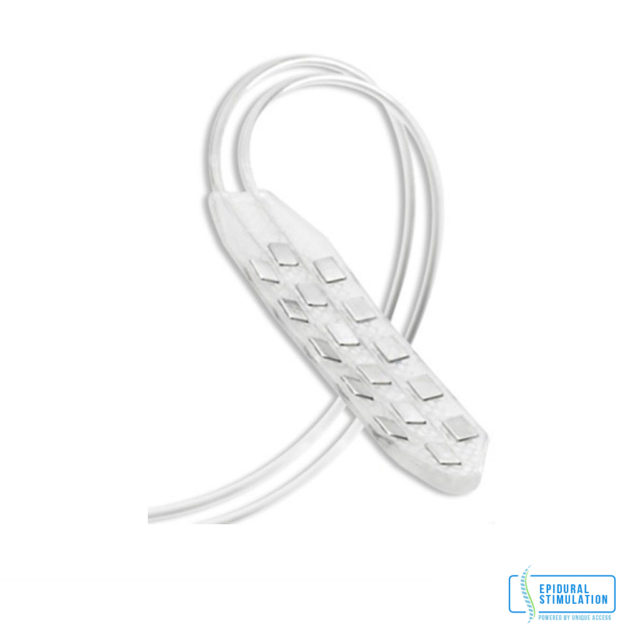This website uses cookies so that we can provide you with the best user experience possible. Cookie information is stored in your browser and performs functions such as recognising you when you return to our website and helping our team to understand which sections of the website you find most interesting and useful.
Revolutionary Spinal Cord Injury Treatment
From Healthcare Experts
Regain Motor And Sensory Function
With This Next-Generation Spinal Cord Injury Treatment
Epidural Stimulation is the world’s most advanced spinal cord injury treatment, commercially available exclusively from pioneering healthcare company, Verita Neuro. Since 2016, we’ve helped patients from six continents — male, female, young, and old — regain voluntary movements and look forward to brighter futures.


How Does It Work?
A Surgery, a Device, and a New Lease on Life
Epidural Stimulation involves the surgical implantation of a neurostimulation device.
The device is placed on the posterior structures of the lumbar spinal cord where it supplies electrical currents that connect nerve signals from the brain to spinal cord tissue below the injury level. This “bridging” effect allows for the possibility of voluntary movement and the return to normal of various involuntary body functions.
The epidural stimulation device can be implanted in patients with complete or incomplete injuries and can be programmed and controlled by a handheld module no bigger than a smartphone.
Where Can I Get It?
State-of-the-Art Surgery and Rehabilitation Facilities
Epidural stimulation is available through Verita Neuro’s, certified treatment providers in Thailand and Mexico. We work with only the finest doctors, neurosurgeons, and therapists delivering spinal cord injury treatment, in facilities designated with numerous international accreditations. This ensures that patients with incomplete or complete injuries receive the best possible outcomes with the highest levels of safety.









Supportive Treatments
An Array of Complementary Post-surgical Care
Epidural Stimulation treatment goes far beyond surgery

Device Mapping
Watch video of how high-efficacy neurostimulation patterns can be targeted for maximum success

Vitamin IV Drips
Infusion therapy shown to improve overall health and reduce chronic pain buildup in the spine

Physical Therapy
Five weeks of extensive, hands-on physiotherapy from empathetic spinal-cord injury specialists

Occupational Therapy
Expert analysis activities and adaptive tasks to help you regain skills and attain your goals
Potential Improvements
Regain Abilities and Say Goodbye to Symptoms
- Ability to stand
- Ability to take assisted steps
- Ability to move limbs voluntarily
- Stabilized blood pressure
- Improved stamina and strength
- More bladder and bowel control
- Enhanced sensation
- Relief from neuropathic pain
- Better temperature regulation
Read all about individual patients’ improvements in our detailed Case Reports.
One Step Ahead
Take the First Step To Recovery
After you fill up the form below, you will be contacted by an experienced Patient Representative from Verita Neuro. All information and medical records will be held in the strictest confidence.

